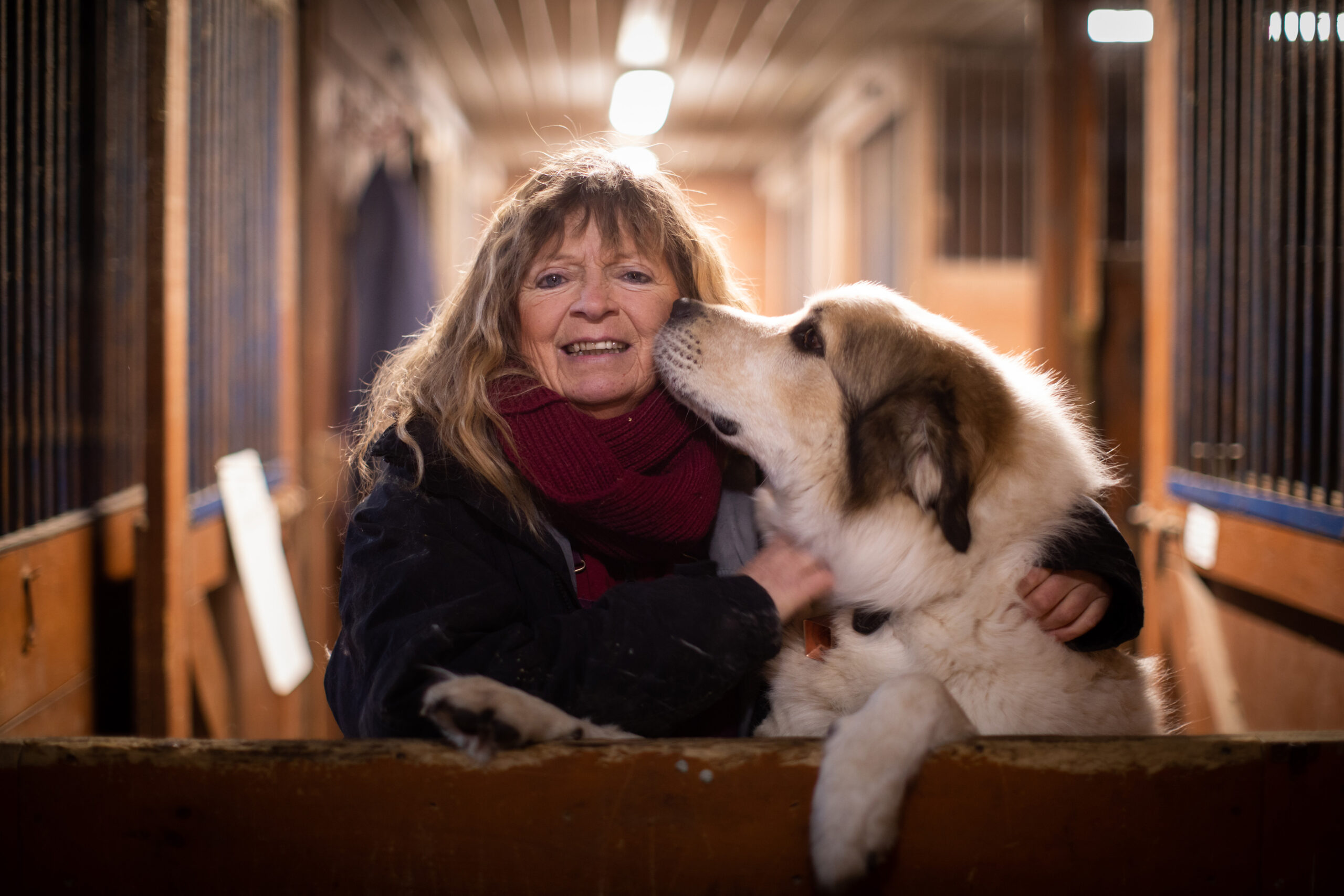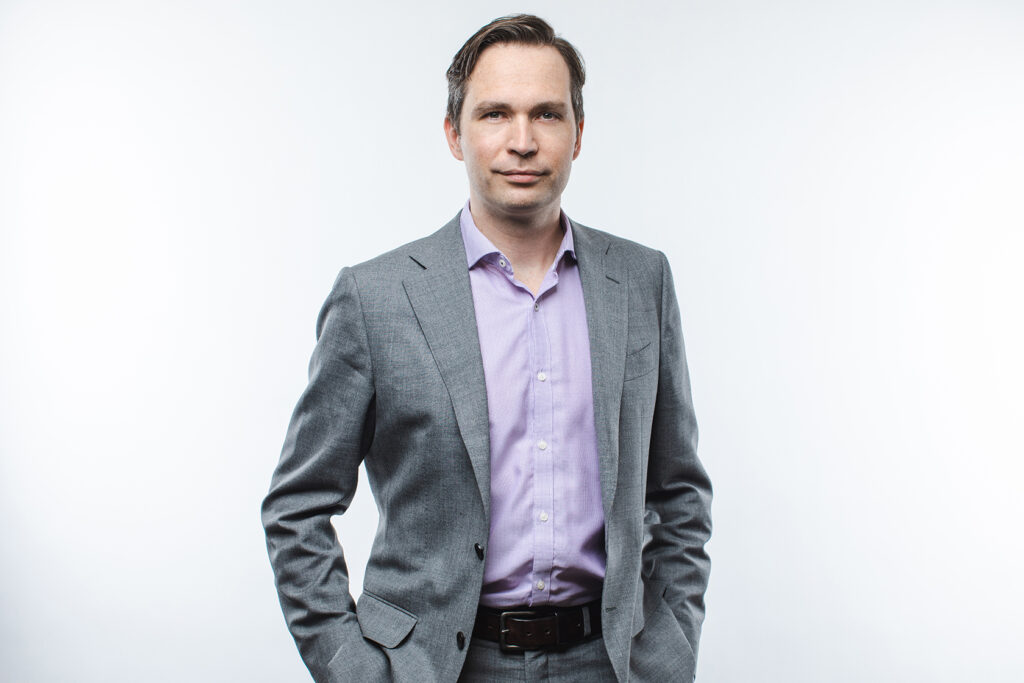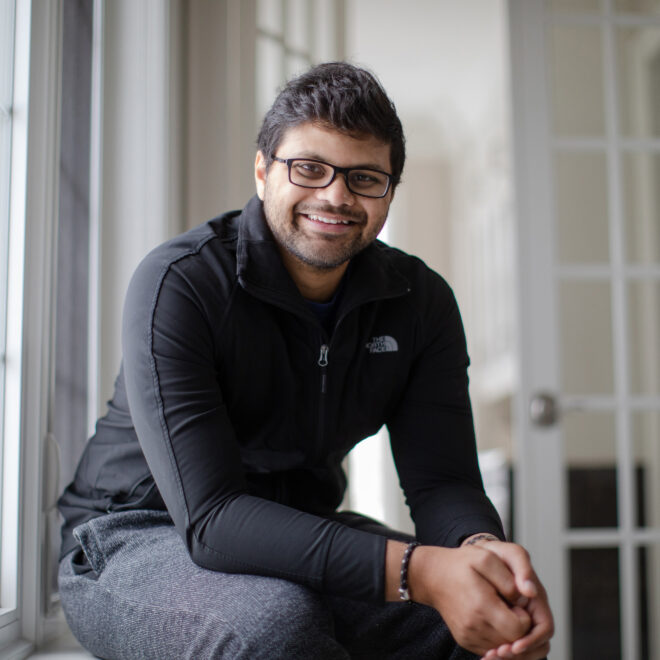Getting to the heart of it
A diverse set of skills and commitment to aortic innovation is helping save the lives of those with aortic disease – disorders of the heart’s main artery – at the Peter Munk Cardiac Centre’s Centre of Excellence in Aortic Disease.
Laura McArthur is used to saving lives – not having her life saved. The 66 year old runs a sanctuary for 300 farm animals, taking in horses, pigs and cows, among other animals, that no longer have a home. A former farmer, McArthur puts her heart into her rescue.
“My approach is: ‘Let’s do some good,’” she says.
That same philosophy shapes the work carried out at the Centre of Excellence in Aortic Disease at the Peter Munk Cardiac Centre. Researchers, surgeons, interventional radiologists and anesthesiologists work in tandem to carry out some of Canada’s most complex surgeries performed on the aorta, the main artery which carries blood through the chest and body. They treat patients with aortic aneurysms – dangerous bulges in the aorta – and aortic dissections – a life-threatening condition that occurs when the aorta ruptures, causing internal bleeding. And they give them another chance at life.

“We get calls from medical teams everywhere for insight and advice,” says Dr. Tom Lindsay, a vascular surgeon at the Peter Munk Cardiac Centre. “We’ve developed expertise and continue to bring in new people with new expertise from the most experienced places in the world to build an aortic team that can manage the entire aorta.”
80%
Percentage of people who die after their aneurysm ruptures.University Health Network
“It’s why we get a high percentage of the tough cases.”
McArthur was one of them. In 2019, she noticed the veins in her arms would swell dramatically day to day. She visited her doctor and after a battery of tests and a CT scan, it was discovered she had multiple aortic aneurysms. Though their cause is unknown, in McArthur’s case, the aneurysms were linked to an autoimmune condition called giant cell arteritis, which causes blood vessel inflammation – a disease she didn’t know she had. “It was pretty scary,” she recalls of her shocking diagnosis, which can lead to sudden death. “It’s not what I ever felt would happen to me.”
“We’ve developed expertise and continue to bring in new people with new expertise from the most experienced places in the world.”
Dr. Tom Lindsay
She was referred to Dr. Jennifer Chung, a cardiac surgeon at Peter Munk Cardiac Centre in the Sprott Department of Surgery at University Health Network (UHN), who conferred with her multidisciplinary team. Dr. Chung and the team perform the full spectrum of aortic surgeries, from open surgery, to endovascular procedures – which involves using x-ray imaging to guide a catheter through the femoral arteries up into the aorta – as well as hybrid surgery, which is a combination of both.
McArthur was impressed by how quickly she was assessed and a treatment plan was formulated. “She jumped right in,” she says of Dr. Chung, who performed open surgery, a technique during which a surgeon, through incisions in the abdomen and/or chest, directly reconstructs the aorta. During this reconstruction, the damaged areas of the aorta are replaced with a synthetic fabric metal tube.

After months of recovery, McArthur underwent four more procedures under the care of Dr. Lindsay, who is also part of the Sprott Department of Surgery. He performed minimally invasive surgery on the smaller aneurysms, a procedure called endovascular aneurysm repair, which involves relining the aorta with stent grafts with openings to allow reattachment of the arteries to the bowels, kidneys and legs. These surgeries were done through precisely made small holes located directly above the damaged areas, which are identified through imaging.
15-20%
An estimated 15-25% of patients need another surgery in the first 10 years following aortic dissection repair. The risk does not lessen over time.
“We put the graft (piece of synthetic tube) through the top of the leg and line up all the connections,” explains Dr. Sean Crawford, a recent vascular surgery staff recruit who brings a background in bioengineering to the team. “There’s a 97% success rate of lining up those holes.” Then, the connections are made using grafts that are ballooned into place.
Huge progress in aortic surgery
The Centre of Excellence in Aortic Disease at the Peter Munk Cardiac Centre brings together an impressive team with the wide-ranging skills needed to tackle any aortic emergency. Headed by Dr. Lindsay and Dr. Maral Ouzounian, Head of the Division of Cardiac Surgery at the Peter Munk Cardiac Centre, it’s the team’s collaborative, multidisciplinary approach that provides key insights into finessing novel surgical approaches.
“The quicker and shorter the procedure, the faster patients are back to baseline.”
Dr. Sean Crawford
Dr. Lindsay, who has been at UHN for the past 30 years, has performed more than 250 advanced endovascular surgeries. “There’s been huge progress in what’s available and our ability to perform these surgeries,” he says, “allowing for extremely sophisticated surgeries.” Plus, the procedure can be used in very sick patients, often in their 70s and 80s, who would not be good candidates for open aortic surgery.
The main benefits of minimally invasive procedures are fewer complications and faster recovery times. “The quicker and shorter the procedure, the faster patients are back to baseline,” says Dr. Crawford.
Dr. Chung also brings a biomechanical engineering lens to the team and is very involved in developing ways of identifying the highest-risk patients. “Some patients with aortic dissection have huge aneurysms, necessitating urgent surgery,” she says. However, there is a huge population of patients with smaller aneurysms whose treatment path is less clear, as doctors are unsure whether their aortas will remain unchanged – or rupture.

“We’d like to get at the heart of why certain aortas fail and how to predict that,” says Dr. Chung.
To continue ensuring patients who present with aortic aneurysms are assessed and treated as accurately and promptly as possible, research at the Centre of Excellence in Aortic Disease at the Peter Munk Cardiac Centre will assess how imaging can determine the strength of the aortic wall and its susceptibility to rupture. This research will provide clinicians with key insights on how to best treat each patient, whether through careful monitoring or immediate surgery to replace the aorta.
500+
500+ aortic aneurysm repairs are performed annually at the Peter Munk Cardiac Centre, 190 of which are considered complex and 40 of the complex cases are minimally invasive, the highest volume in Canada.
“There’s no region of the aorta that we wouldn’t be able to tackle,” says Dr. Chung.
A meeting of minds
What fuels the advancement of aortic surgery at the Peter Munk Cardiac Centre’s Centre of Excellence in Aortic Disease, is the “meeting of minds,” says Dr. Lindsay. And this drives new approaches for increasingly complex cases.
“There’s no region of the aorta that we wouldn’t be able to tackle.”
Dr. Jennifer Chung
“We’ve created a team of people with complementary expertise,” he says. In addition to cardiac and vascular surgeons, medical imaging physicians, interventional radiologists and geneticists work to deliver and advance aortic therapies. “We discuss problems and solutions and have a conversation about the patients,” says Dr. Lindsay. “The multidisciplinary input is huge.”
Dr. Crawford, agrees. “We work fantastically as a team,” he says.
That team-based approach translates into exceptional patient care. McArthur was impressed with how well her procedures were communicated and how sensitive the team was to her situation. “They were so wonderful and kind,” she says.
There was one surgery from which McArthur worried she wouldn’t wake up. But Dr. Lindsay reassured her the procedure would be successful. “He told me: ‘Laura, you’re not done yet – your animals need you,’” she recalls.
“I owe them a great deal of gratitude.”
Laura McArthur, on the Peter Munk Cardiac Centre team
Although clouded by her autoimmune condition, McArthur is optimistic about her future. She visits the Peter Munk Cardiac Centre for regular screenings and is taking medications to reduce the inflammation in her blood vessels. She is grateful for her life-saving surgery and proud of her recovery.
“I owe them a great deal of gratitude,” she says of the team. “I couldn’t have done this, I couldn’t run this farm – and somebody has to do this.”

